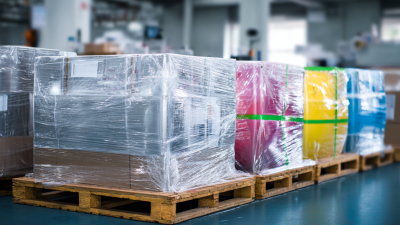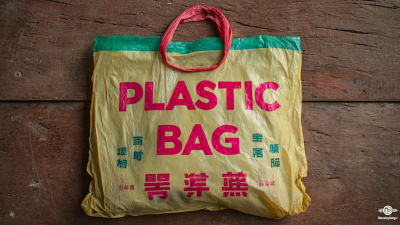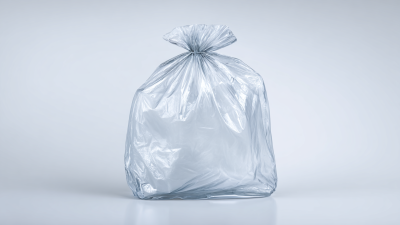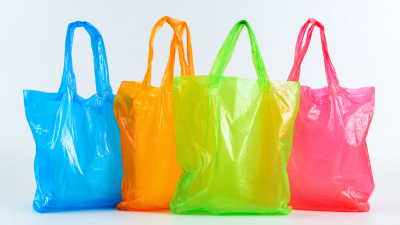- Phone:+86 15218629499
- Phone: +86 15766990063
- E-mail: Yzprinting01@163.com
The global plastic packaging market is witnessing a significant transformation in 2023, driven by a growing demand for sustainable solutions and innovative designs. According to a recent market report by Fortune Business Insights, the plastic packaging industry is projected to reach a staggering USD 1 trillion by 2024, with a CAGR of 5.1% from 2021 to 2028. This rise underscores the vital role plastic packaging plays across various sectors, including food and beverage, cosmetics, and pharmaceuticals. As companies strive to enhance their environmental credentials, trends such as recyclable materials, reduced plastic usage, and biodegradable alternatives are taking center stage.
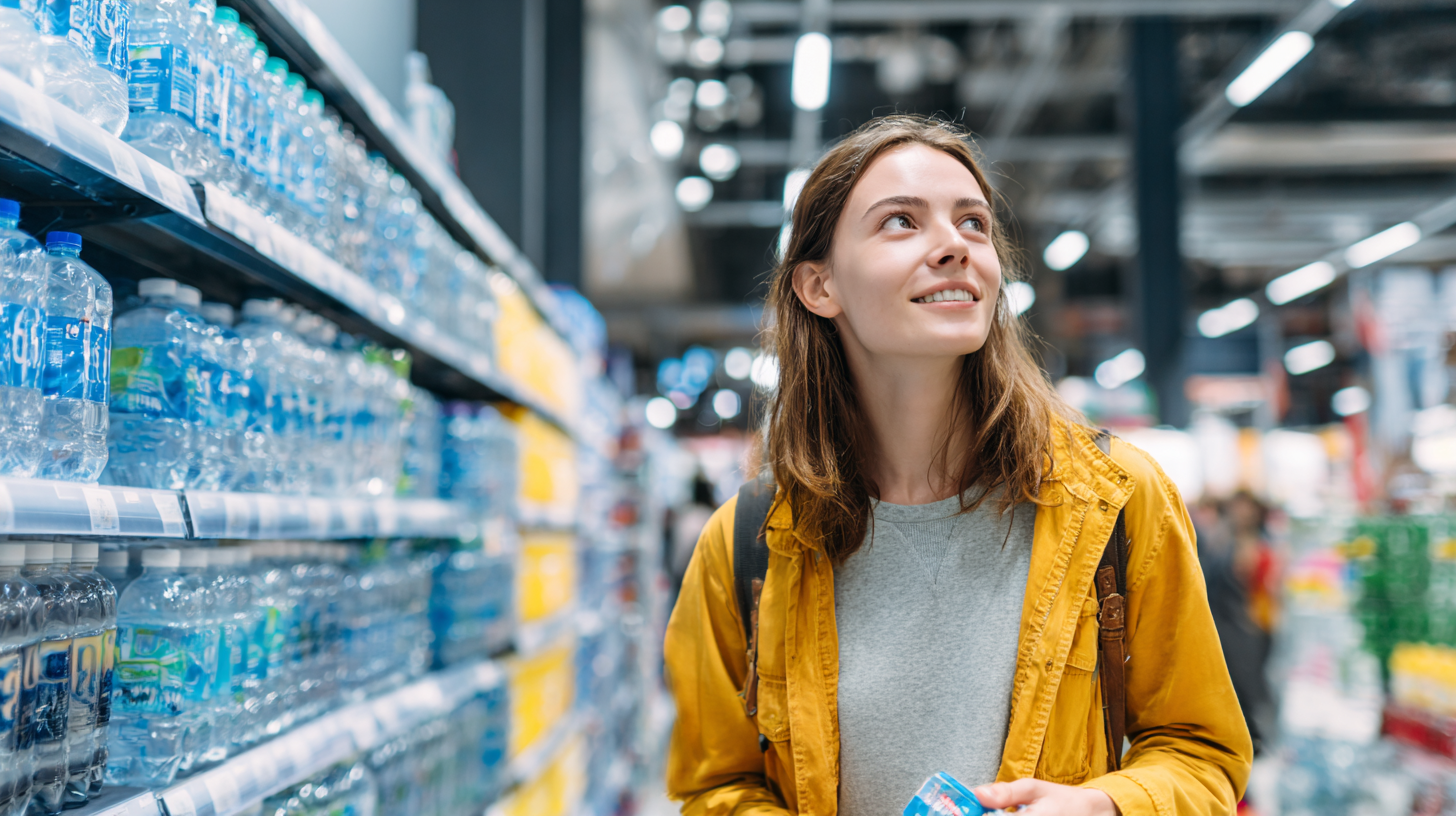
This ultimate guide aims to provide invaluable insights and practical strategies for optimizing plastic packaging, ensuring businesses remain competitive while addressing sustainability concerns in an evolving marketplace.
In 2023, the emphasis on optimizing plastic packaging is driven by several key factors that reflect the evolving landscape of consumer preferences and regulatory requirements. As the demand for recycled materials in packaging increases across various sectors, including consumer goods and food and beverages, companies are exploring innovative solutions to enhance safety and sustainability. The perception of recycled plastics as viable and safe for food contact applications is gaining traction, fueling the growth of the plastic packaging market.
Moreover, the developments in antimicrobial plastics are noteworthy, with projections indicating significant market growth from $46.98 billion in 2024 to $85.43 billion by 2032, driven by a compound annual growth rate of 7.7%. This surge is reflective of heightened awareness around hygiene and product safety, prompting manufacturers to incorporate advanced materials into their packaging solutions. The global plastic packaging market is expected to increase from $431.28 billion in 2023 to $736 billion by 2032, illustrating the robust demand for not only functional but also environmentally responsible packaging options. The optimization of plastic packaging is thus not just a trend but a critical strategic initiative for companies aiming to thrive in a competitive market.
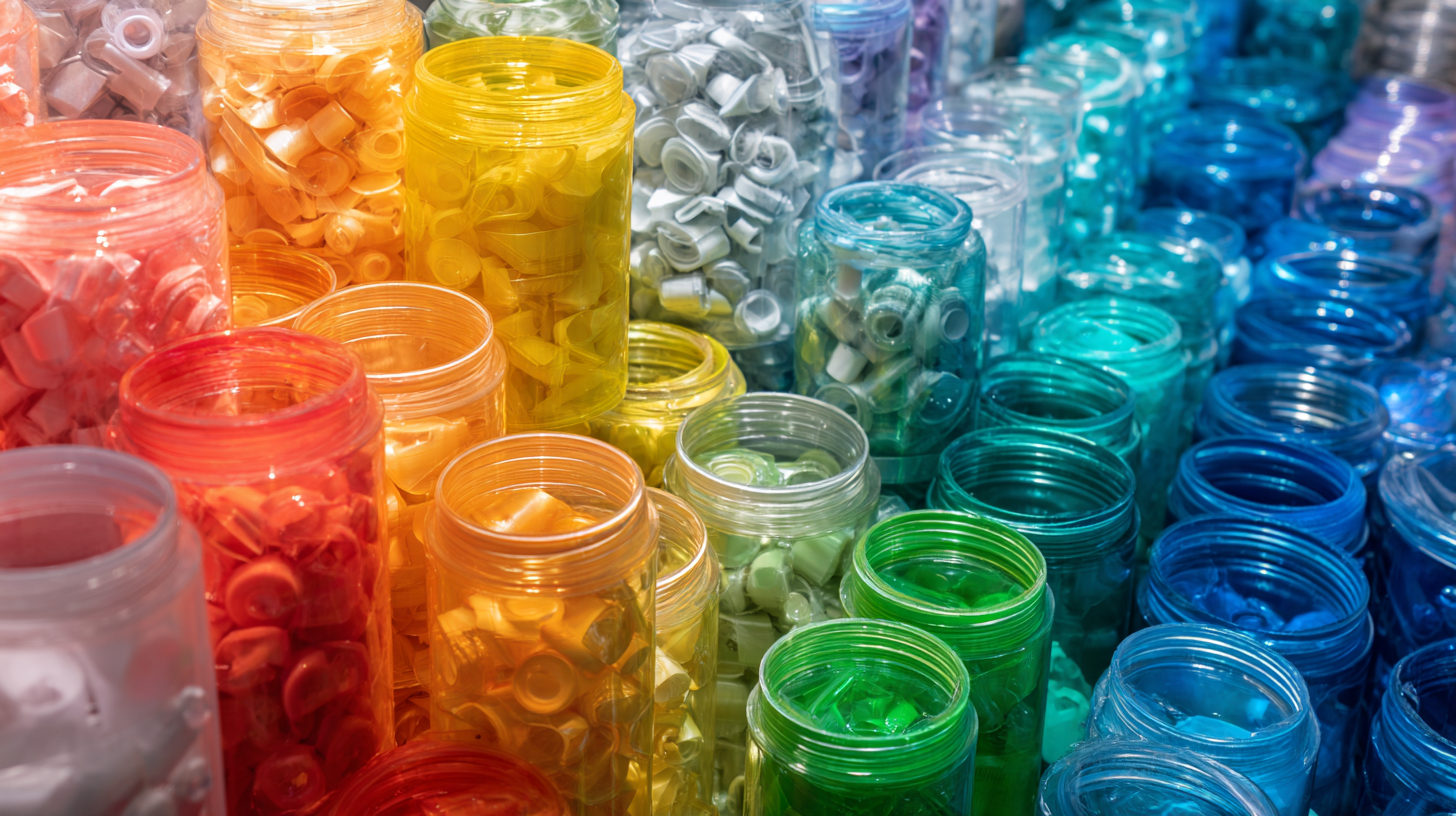
The packaging industry is undergoing a significant transformation, driven by innovative materials and technologies that are redefining plastic packaging. In 2023, companies are increasingly prioritizing sustainable solutions that minimize environmental impacts while maintaining the functional benefits of traditional plastics. Bioplastics, made from renewable sources such as corn starch or sugarcane, are becoming popular alternatives, offering biodegradable options that appeal to environmentally conscious consumers. These materials not only reduce dependency on fossil fuels but also help brands enhance their sustainability credentials.
In addition to new materials, advancements in technology are playing a crucial role in optimizing plastic packaging. Smart packaging, equipped with sensors and tracking systems, provides real-time data on product condition and shelf life. This innovation is particularly beneficial in the food and beverage sector, where maintaining freshness and reducing waste are paramount. Furthermore, lightweight plastic designs are being developed using cutting-edge techniques such as 3D printing, which allow for custom packaging solutions that minimize material use while maximizing protection. As these trends continue to evolve, the future of plastic packaging looks not only innovative but also geared towards a more sustainable commercial landscape.
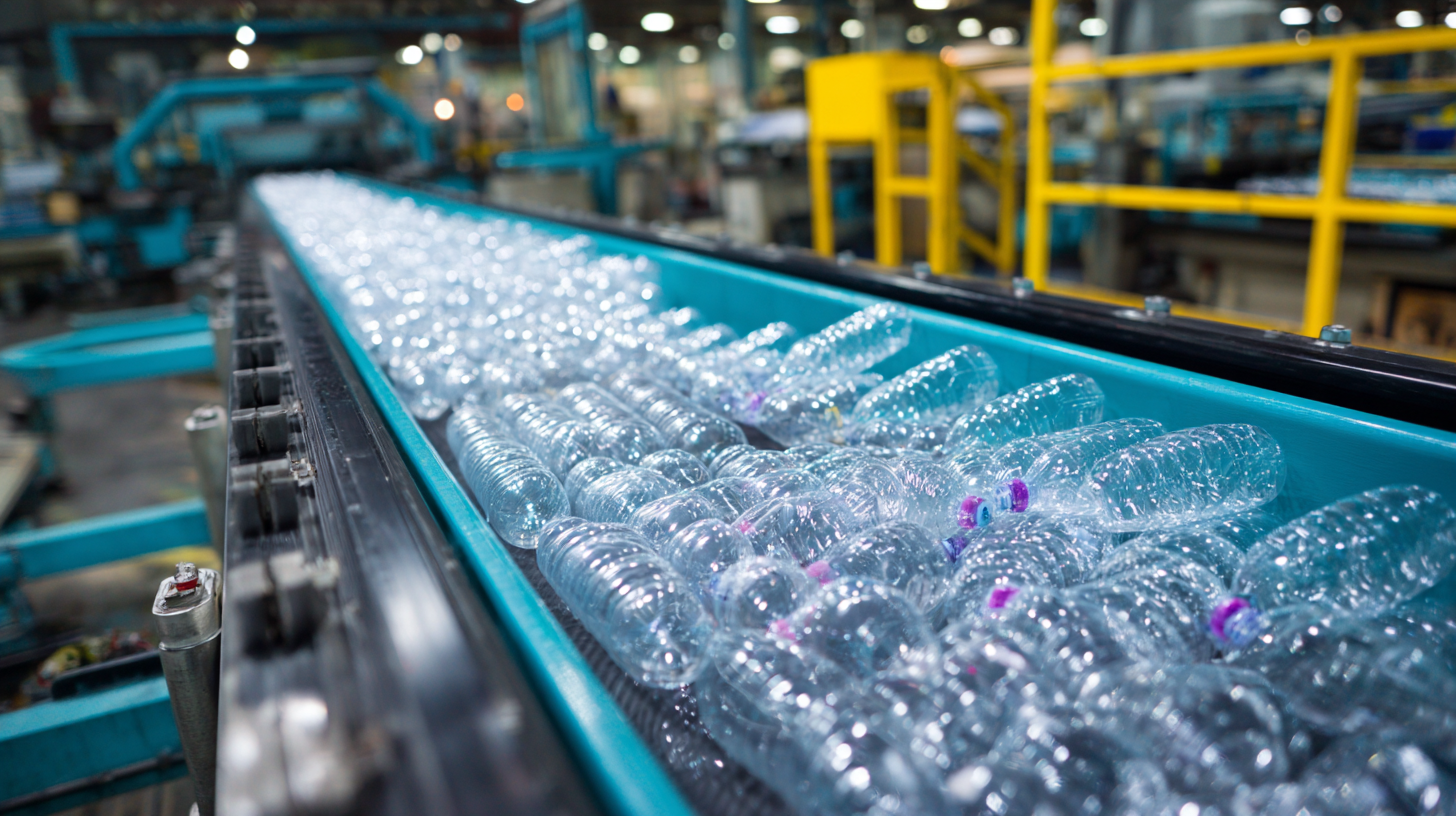
As sustainability becomes a priority across various sectors, the plastic packaging industry faces immense pressure to pivot towards eco-friendly alternatives. Recent studies indicate that approximately 300 million tons of plastic are produced yearly, with a significant portion stemming from single-use packaging that contributes to alarming levels of waste and carbon emissions. This has amplified consumer demand for sustainable practices, leading many companies to explore biodegradable options and advanced recycling methods. The shift towards a circular economy is critical, where products are designed with their end-of-life in mind, minimizing waste and encouraging the reuse of materials.
Companies leading the charge in implementing sustainable packaging practices are focusing on waste reduction initiatives and innovative designs that facilitate recycling. Reports show that adopting such sustainable practices could reduce food packaging waste significantly, emphasizing the necessity for comprehensive strategies that anticipate the entire lifecycle of products. The integration of biodegradable plastics into the packaging stream is also gaining traction, aimed at alleviating some of the pressing environmental impacts attributed to traditional non-biodegradable plastics. As the industry evolves, monitoring the impact of these practices on both the environment and consumer health will be crucial for ongoing improvement and regulatory compliance.
| Trend | Description | Impact on Sustainability | Yearly Growth (%) |
|---|---|---|---|
| Biodegradable Plastics | Increasing use of materials that break down more easily in the environment. | Reduces long-term pollution and landfill impact. | 8% |
| Recyclability Improvements | Enhanced designs to facilitate recycling processes. | Increases recycling rates and reduces waste in landfills. | 12% |
| Lightweighting | Reducing the weight of packaging materials to decrease resource use. | Lowers transportation emissions and material consumption. | 10% |
| Consumer Awareness | Growing demand for sustainable and eco-friendly products. | Encourages brands to adopt better sustainability practices. | 15% |
| Regulatory Changes | Stricter government regulations on plastic waste and emissions. | Promotes innovation in sustainable packaging solutions. | 9% |
Navigating the legal landscape of plastic packaging can be complex, especially with evolving industry regulations aimed at sustainability and environmental impact. Businesses must stay informed about legislation such as the European Union’s Single-Use Plastics Directive and various state-level restrictions. Understanding the implications of these regulations will enable companies to adjust their packaging strategies proactively and avoid potential penalties.
Tip:
Regularly consult with legal experts who specialize in packaging regulations. They can provide insights into compliance requirements and help identify potential areas of risk before they become problematic.
As consumer demand for sustainability increases, compliance with environmental standards is not just a legal obligation; it’s a competitive advantage. Companies that proactively adopt eco-friendly materials and processes not only enhance their brand image but also position themselves as leaders in the industry. Furthermore, aligning packaging practices with global sustainability initiatives can improve relationships with customers and stakeholders.
Tip:
Implement an internal audit system to assess your current packaging practices against regulatory requirements and sustainability goals. This helps ensure that your operational processes remain compliant while identifying opportunities for improvement in environmentally friendly packaging.
In the ever-evolving landscape of plastic packaging, understanding current market trends and consumer expectations is vital for brands aiming to remain competitive in 2023. Today's consumers prioritize sustainability, driving demand for environmentally friendly packaging solutions. This shift towards eco-consciousness is evident as companies increasingly adopt biodegradable materials and implement recycling initiatives. Packaging that effectively communicates sustainability can significantly enhance brand loyalty and attract environmentally-minded shoppers.
Furthermore, the aesthetics and functionality of packaging are crucial in capturing consumer attention. Modern consumers are drawn to visually appealing designs that offer convenience and ease of use. Sleek, minimalist packaging not only reflects modern design trends but also conveys a sense of premium quality. Incorporating features like resealable closures and innovative shapes can enhance user experience, making packaging not just a protective layer but also an integral part of the product itself. By aligning packaging design with these consumer expectations, brands can foster deeper connections with their audience and drive sales in an increasingly competitive market.
